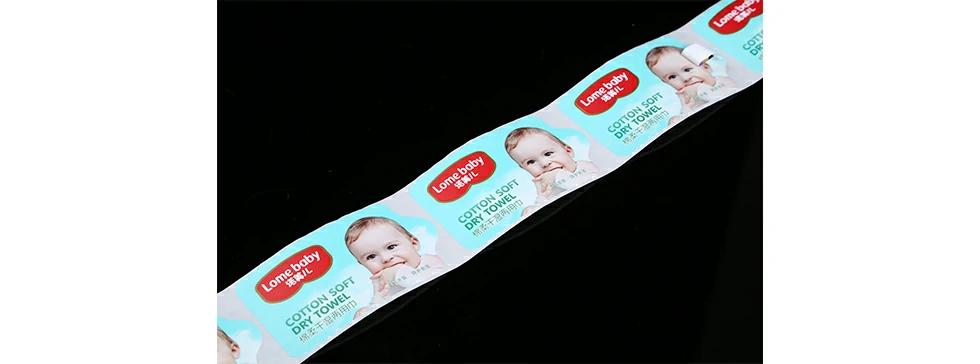Ensuring the accuracy of customized labels’ output is crucial for maintaining quality standards and meeting customer expectations.
Here are several measures that can be implemented to achieve accuracy in the production of customized labels:
- Detailed Customer Specifications:
- Obtain detailed and accurate specifications from customers, including label dimensions, colors, materials, text, graphics, and any specific requirements.
- Use a standardized form or checklist to capture customer preferences and requirements.
- Digital Proofing:
- Provide customers with digital proofs or mock-ups of the customized labels before production.
- Allow customers to review and approve the design to ensure it aligns with their expectations.
- Quality Assurance Checks:
- Implement a robust quality assurance (QA) process that includes multiple checks at various stages of production.
- Conduct visual inspections to verify that the labels match the approved design and specifications.
- Color Management:
- Utilize color management tools and processes to ensure accurate color reproduction.
- Regularly calibrate and maintain color printers and other equipment to prevent deviations in color accuracy.
- Sample Testing:
- Randomly select and test samples from each batch of customized labels to verify their accuracy against the approved design.
- Conduct tests for adhesion, durability, and other performance criteria.
- Barcode and QR Code Verification:
- If labels include barcodes or QR codes, use verification tools to ensure their accuracy and scannability.
- Check that encoded information matches the intended data.
- Automated Inspection Systems:
- Implement automated inspection systems that can detect discrepancies in label printing, such as misprints, color variations, or defects.
- Integrate vision systems to identify and reject labels that do not meet predefined criteria.
- Standard Operating Procedures (SOPs):
- Develop and strictly follow standard operating procedures for label production.
- Clearly define steps for label design, customized labels printing, inspection, and packaging to maintain consistency.
- Employee Training:
- Train employees involved in the label production process on the importance of accuracy.
- Provide training on using equipment, interpreting specifications, and following quality control procedures.
- Traceability:
- Implement a traceability system to track each batch of customized labels from design to production and delivery.
- This allows for quick identification and resolution of any issues that may arise.
- Document Control:
- Establish a document control system to manage versions of label designs and specifications.
- Ensure that all team members have access to the latest approved versions.
- Customer Verification:
- Encourage customers to review and verify the accuracy of their orders before finalizing the production process.
- Address any discrepancies or concerns raised by customers promptly.
- Feedback Mechanism:
- Establish a feedback mechanism where customers can provide comments or report issues related to label accuracy.
- Use customer feedback to continuously improve processes and avoid similar issues in the future.
- Regular Audits:
- Conduct regular internal audits to assess the effectiveness of the accuracy measures in place.
- Identify areas for improvement and implement corrective actions as needed.
By combining these measures, manufacturers can significantly enhance the accuracy of customized labels’ output, ensuring that the final products meet or exceed customer expectations and industry standards.
